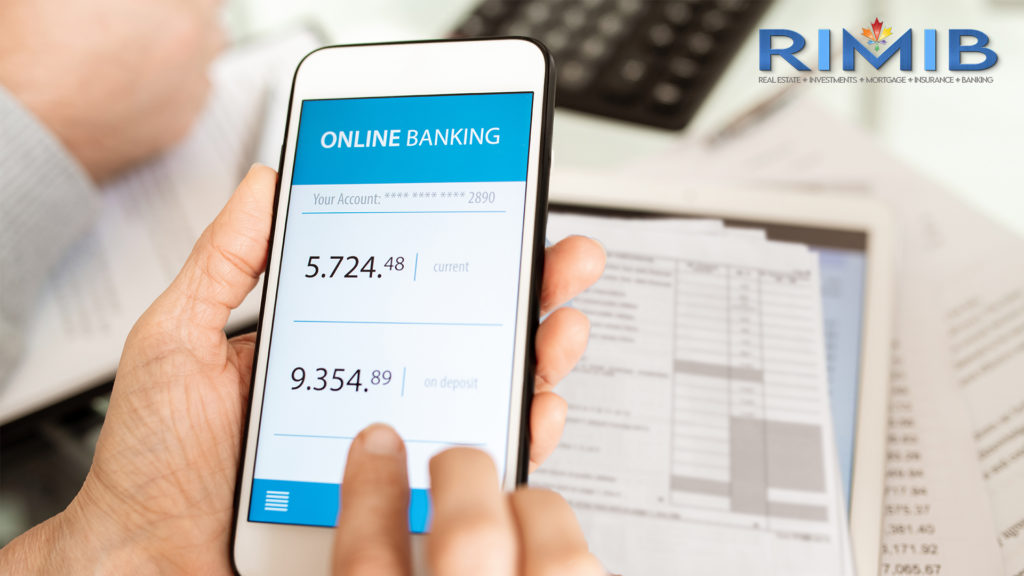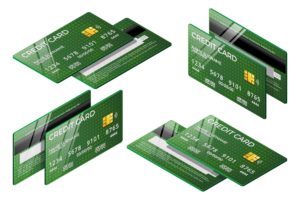What Are the Different Types Of Bank Accounts In Canada?
You can choose from a plethora of bank accounts, wherein each one serves a specific purpose. Knowing about each type of bank accounts empowers you to select a maximum feature-laden best-fit low-cost bank account.

Source: Freepik
Opening a bank account for the first time is an exciting experience, especially when it is your hard-earned money that would go into it. But it can overwhelm you as well because of the tons of paperwork and documentation.
However, a bank account is a must-have financial instrument in your life. At the outset, you may have to toggle with many types of bank accounts and their features before choosing one for yourself.
To open an account, you also have the freedom to not go to a brick-and-mortar bank branch and instead do it online from the comfort of your home or office. If you are opening an account online, you will need a heads-up on the types of bank accounts to select one that fits the bill for you.
As per the Canadian bankers’ association, 99 percent of Canadians have a bank account. So, even if it seems a little complex to zero in initially, it is quite easy to open a bank account.
We will simplify the account selection process for you and help you choose the one account that suits your requirements. So, let’s find out more.


What are the types of bank accounts in Canada?
Here are some of the most common types of bank accounts:
- Savings account
- Chequing account
- Low-cost & no-cost accounts
- Joint account
- Money market account
- Time deposits account
What is a savings account?
If you want your money to sit idle in your account for a long period, earn interest, and have moderate flexibility to withdraw money, you can opt for a savings account. This kind of account can offer you a better rate of interest than other bank accounts.
But there is a limitation on the number of times you can withdraw money. And there is also a certain regulatory mandate on the minimum balance you need to maintain in your account.
What are the factors to be considered for opening a savings account?
- You need to deposit and maintain a minimum amount in your savings account.
- Some banks make it mandatory for you to keep the minimum balance to earn interest.
- Some Canadian banks may even charge you a penalty for not maintaining the minimum balance.
- You need to open an account with a bank that offers a good interest rate on your savings.
- This interest gets accrued to your account yearly.
- Carefully find out the transaction and maintenance fees to avoid additional charges.


What is a Chequing account?
This account offers high liquidity. You can withdraw or deposit money anytime from and to your bank account, respectively. You can withdraw as much as you want, but you need to have sufficient funds available in your account.
The transaction costs and the fees are lower compared to your savings bank accounts. There are no recurring charges and if you want to withdraw money, you can do that by using your debit card or a cheque.
Make sure you do not withdraw more than the balance available in your account. Or else, the bank may not honor your cheque. It will return and bounce charges will apply. Also, the bank may charge you a penalty for cheque bounce.
What do you need to consider before opening a chequing account?
- Review and analyze your banking and transaction history.
- Find out how many times you make transactions in a month.
- Tell your bank to include that many transactions in your package.
- Review the type of transactions you make the most.
- List all the transactions, such as online transfer, ATM, phone, or branch banking.
- This way you will zero in on the type of bank account and the features you need.
- Find out if the bank offers you any extra features at no additional cost.
- Some banks offer some of these transactions at a discount and some with no extra cost.
What are low-cost and no-cost accounts?
You can also go for low-cost and no-cost bank accounts. The bank charges a fee of up to $4 per month in a low-cost account. A certain number of financial institutions under the government of Canada provide you with low-cost banking services under a contract.
No-cost accounts have nearly the same features, except for the monthly fees. There are no monthly fees in no-cost bank accounts.


Who can apply for low-cost and no-cost accounts?
If you belong to any of the following categories, you can open a Low-cost and no-cost account:
- Youth
- Students
- Seniors who get the Guaranteed Income Supplement (GIS)
- Beneficiaries of the Registered Disability Savings Plan (RDSP)
What is a joint account?


You can also go for a joint account for two or more individuals operating the same account. The features of a joint account are the same as that of savings or chequing.
The only difference is that there could be two or more account holders who handle the transactions.
Why choose a joint account?
Opening a joint account is useful for managing shared bills. A joint account allows you to keep a tab on the expenses and check your account.
This allows you to jointly save money for bigger goals, such as wedding, house, car, etc. Joint accounts help maintain the checks and balances because all account holders keep a tab on the inward and outward cash flows.
What is a money market account?
In this type of bank account, your funds are invested in various securities in the money market by the bank. And so you get a higher rate of interest depending on the current interest rates offered by these securities.
You need to deposit a large sum of money and maintain a minimum balance in your money market accounts, but you may earn a higher return on your deposits.
What are the key benefits of a money market account?
Depending on the bank, you may get several benefits from your money market account such as:
- Higher interest rates
- Insurance protection
- Cheque writing
- Debit card privileges
- Easily accessibility to funds
What are time deposits?
Time deposits are the type of accounts where you need to keep your money in the account for a certain period. But in exchange, the bank pays a significantly higher rate of interest on this account than other bank accounts.
Can you withdraw money from your account before time?
Some banks allow you to withdraw the interest formed over the principal amount. For example, if you have deposited $2000, and the interest rate is 3% then, $60 is your interest amount which you can withdraw.
Banks may allow withdrawing the principal amount before the maturity date. But, if you do so, you might have to pay a substantial amount of penalty fee.
That is all you need to know about the various types of bank accounts. Now you can open an account that best matches your finances and spending habits. If you are feeling more inclined towards the savings account, then this article will be of your interest ‘What is a savings account?’.



